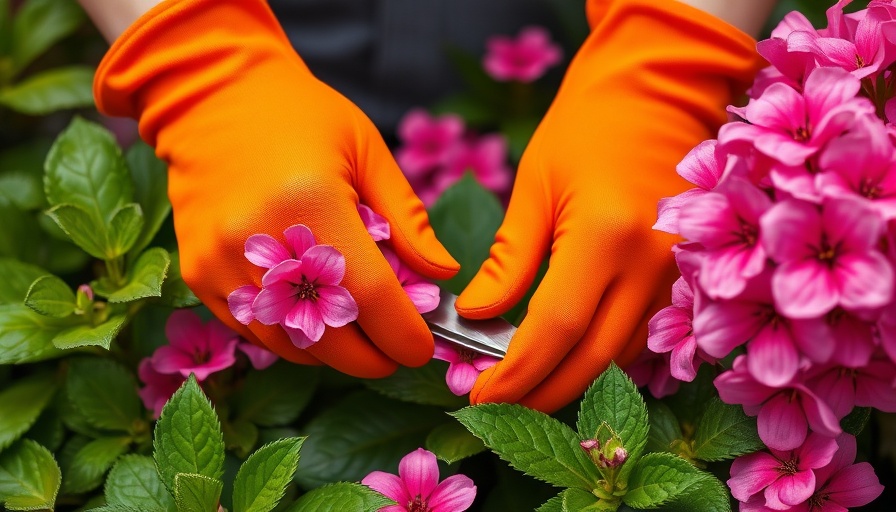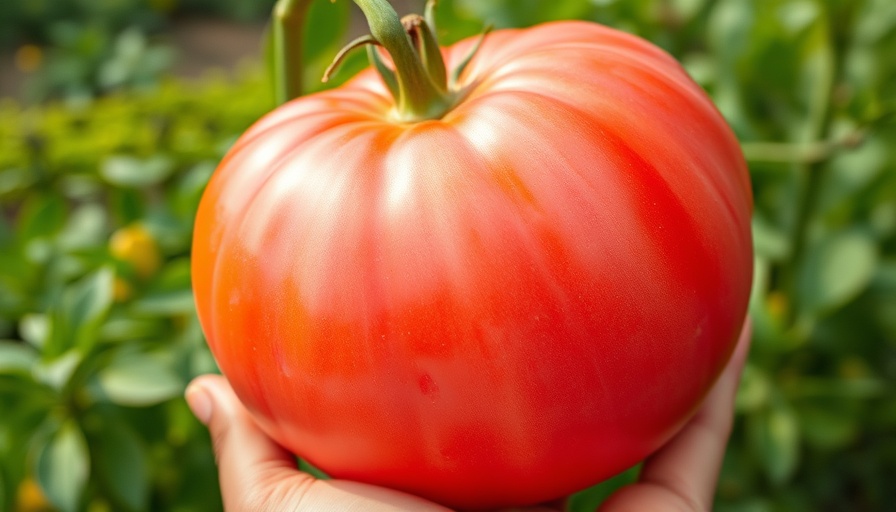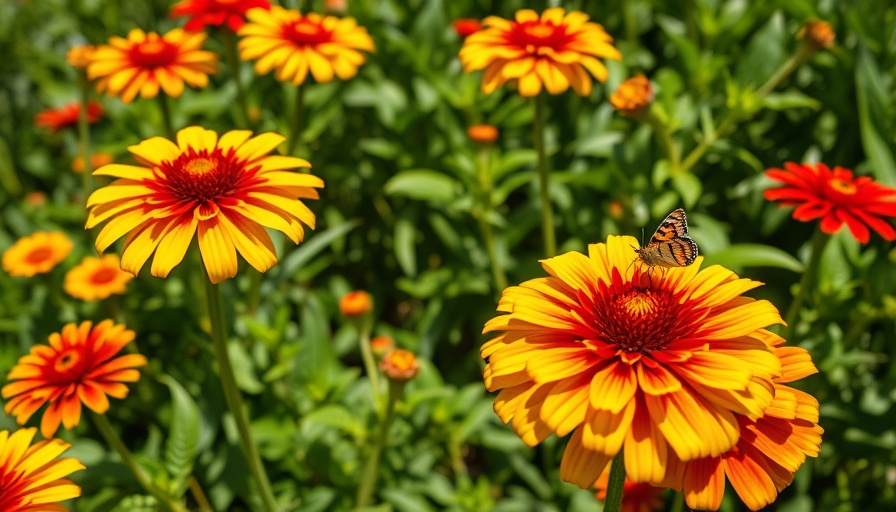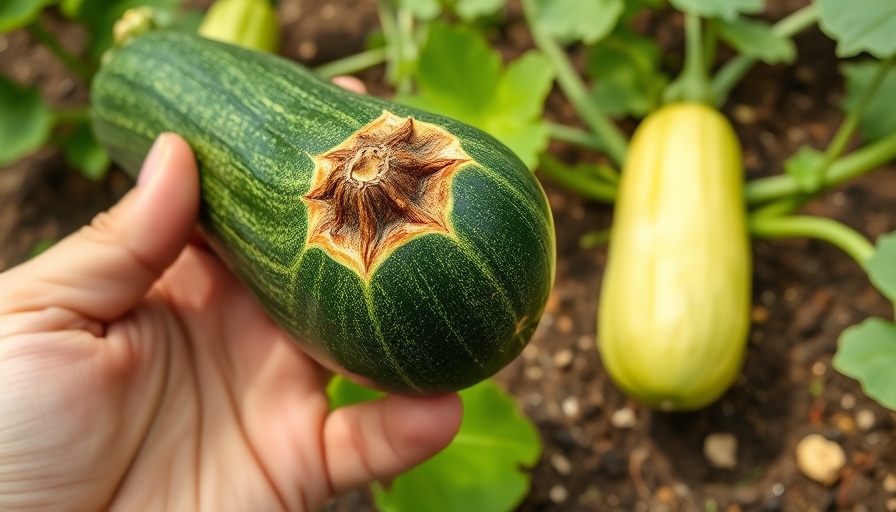
Why Fall is the Perfect Time for a Garden Overhaul
As summer wanes and fall approaches, the Labor Day weekend offers the perfect opportunity to reset your garden. With temperatures cooling down, this period marks a transitional phase, making it ideal for various gardening activities. Whether you're a seasoned gardener or just starting out, taking the time to give your garden a fresh start can lead to beautiful results throughout the fall season.
Essential Tasks for Your Fall Garden Reset
To help you get started on your fall garden reset, we’ve put together a list of vital tasks to complete during Labor Day weekend. These tasks can enhance both the appearance and health of your garden. Here are a few steps to ensure you set your garden up for thriving growth this autumn:
1. Remove Spent Annuals
Getting rid of old annuals creates space for new cool-weather flowers. By early September, many annuals may not look their best, having faded or been damaged. Removing these plants not only tidies up your garden but also minimizes the risk of pests and diseases that can linger in dead foliage.
When removing these plants, consider whether you'll be replanting immediately or letting the soil recover. Leaving roots in the ground can improve soil structure and prevent erosion.
2. Deadhead Perennials
By deadheading your perennials, you can invigorate your garden for fall blooms. This process not only enhances the appearance of your garden but also promotes continued blooming and curtails self-seeding, thereby maintaining plant control over time.
Moreover, deadheading redirects the plant's energy towards foliage growth and root strength, resulting in healthier plants heading into colder months.
3. Plant Cool-Season Crops
Labor Day is also the perfect time to start planting cool-season crops. Gardeners in northern zones may see significant shifts in temperature, making early September ideal for sowing seeds for vegetables that thrive in cooler weather.
Some good options include spinach, kale, and radishes, which flourish in the cooler temperatures of autumn. With soil warming up during the day and cooling down at night, these crops can thrive in the lush fall garden.
Gardening Tips: Enhance Your Outdoor Space
Now that you are familiar with the basic tasks, consider these enhancement tips to elevate your garden experience:
1. Build Elevated Planter Boxes
Building raised beds can improve soil drainage and keep weeds at bay. They are especially beneficial for DIY gardeners looking to optimize space while growing fresh vegetables and flowers. A project like constructing elevated planter boxes can be a rewarding way to enhance your garden layout.
2. Incorporate Automatic Watering Hacks
Consider implementing automated watering systems to save time and resources. Systems that use slow drip or recycled watering devices can be incredibly efficient, ensuring that your plants are well-hydrated without requiring extensive daily maintenance.
3. Utilize Creative Storage Solutions
Organizing your gardening tools and supplies can streamline your workload. Consider handmade storage sheds or even simple vertical gardens to maximize gardening space and minimize chaos in your yard. Designing these structures can also become a delightful weekend project!
Embrace the Change of Seasons
As you engage in these fall garden reset tasks, remember that each step is an act of preparation for the beautiful fall months to come. Embrace the shift in seasons, enjoy your time in the garden, and create a space that inspires warmth and beauty throughout autumn.
Call to Action: Make Your Yard Shine with Local Help
For even more assistance in enhancing your outdoor space this fall, don't hesitate to reach out to local professionals. Contact Norther-LawnCare.com, where Everett Lucas and his team are ready to provide top-rated lawn care and property management services, including winter plowing. Call today at 231-450-3414 to keep your garden thriving all year round!
 Add Row
Add Row 
 Add
Add 


Write A Comment